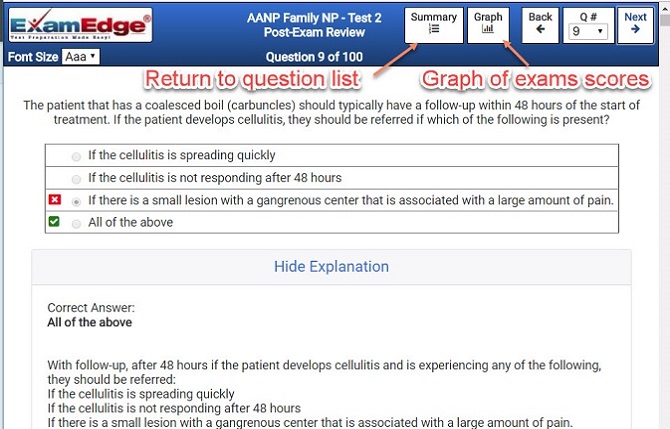Study Guide For Special Ed Praxis
- Praxis 2 Study Guide Free For Special Ed 5543
- Praxis 2 Study Guide For Special Education
- Praxis 2 Study Guide Free For Special Ed 5543
Special education is a one of a kind subject and has always had a separate set of standards and requirements than education for students without special needs. Gendex 765dc installation manual. If you want to go into the general field, there is much you’ll need to know to suit every student’s needs to the best of your ability. As such, you’ll have to prove your capabilities by taking and earning a passing score on the Praxis II Special Education: Core Knowledge and Applications exam. Mometrix Test Preparation understands just as well as you how important this exam is to your future career goals. If you’re facing this exam in the near future, you can thus incorporate our Praxis II Special Education: Core Knowledge and Applications #5354 practice test into your study plan.
Praxis 2 Study Guide Free For Special Ed 5543
This practice test is the best way to familiarize yourself with the test’s contents and formatting. For this particular subject, you’ll find Praxis II special education: core knowledge and applications practice questions focusing on the following knowledge categories: Foundations and Professional Responsibilities; Development and Characteristics of Learners; Assessment; Instruction; and Planning and the Learning Environment.
Praxis 2 Study Guide For Special Education
The Praxis II Special Education: Preschool/Early Childhood Exam, 5691, is set up to test whether or not prospective teachers have the knowledge and skills to work with and teach preschool and early childhood students with special needs. The two hour Praxis II Special Education: Preschool/Early Childhood Exam has 130 selected-response questions. Testers are given two hours to complete their exam on the computer.
The first section of the Praxis II Special Education: Preschool/Early Childhood Exam is over Development and Characteristics of Learners. These content questions make up about 17 percent of the test. These questions look at cognitive, language, physical, and social-emotional development. The second content area covered on the Praxis II Special Education: Preschool/Early Childhood Exam is over IFSP, IEP Development and Delivery of Services, and Assessment and Eligibility. This content makes up about 25 percent of the Praxis II Special Education: Preschool/Early Childhood Exam. With questions on many legal topics, testers would be wise to review all special education federal laws through IDEA and the acronyms of programs related to these laws. The largest content category of the Praxis II Special Education: Preschool/Early Childhood Exam is over Planning and Managing the Learning Environment.


With around 48 questions over this content area, the Planning and Managing the Learning Environment category makes up around 37 percent of the test. These questions really address curriculum development, classroom management, and literacy promotion. Lastly, Family, Community, and Professional Relationships makes up around 21 percent of the Praxis II Special Education: Preschool/Early Childhood Exam with around 27 questions coming from this content category. Testers should know the implications of major laws and policies relations to the education of students with disabilities. Additionally, testers should know how to conduct collaborative conferences with students, their families, and community members. To pass the Praxis II Special Education: Preschool/Early Childhood Exam, utilize the Praxis II Special Education: Preschool/Early Childhood Exam Practice Test and Praxis II Special Education: Preschool/Early Childhood Exam Practice Questions. Both of these resources will be useful in preparing for the Praxis II Special Education: Preschool/Early Childhood Exam.
Praxis 2 Study Guide Free For Special Ed 5543
As soon as you pass the Praxis II Special Education: Preschool/Early Childhood Exam, you will be one step closer to teaching in over 40 states in the United States. What are you waiting for?